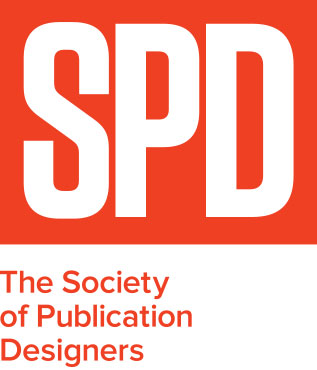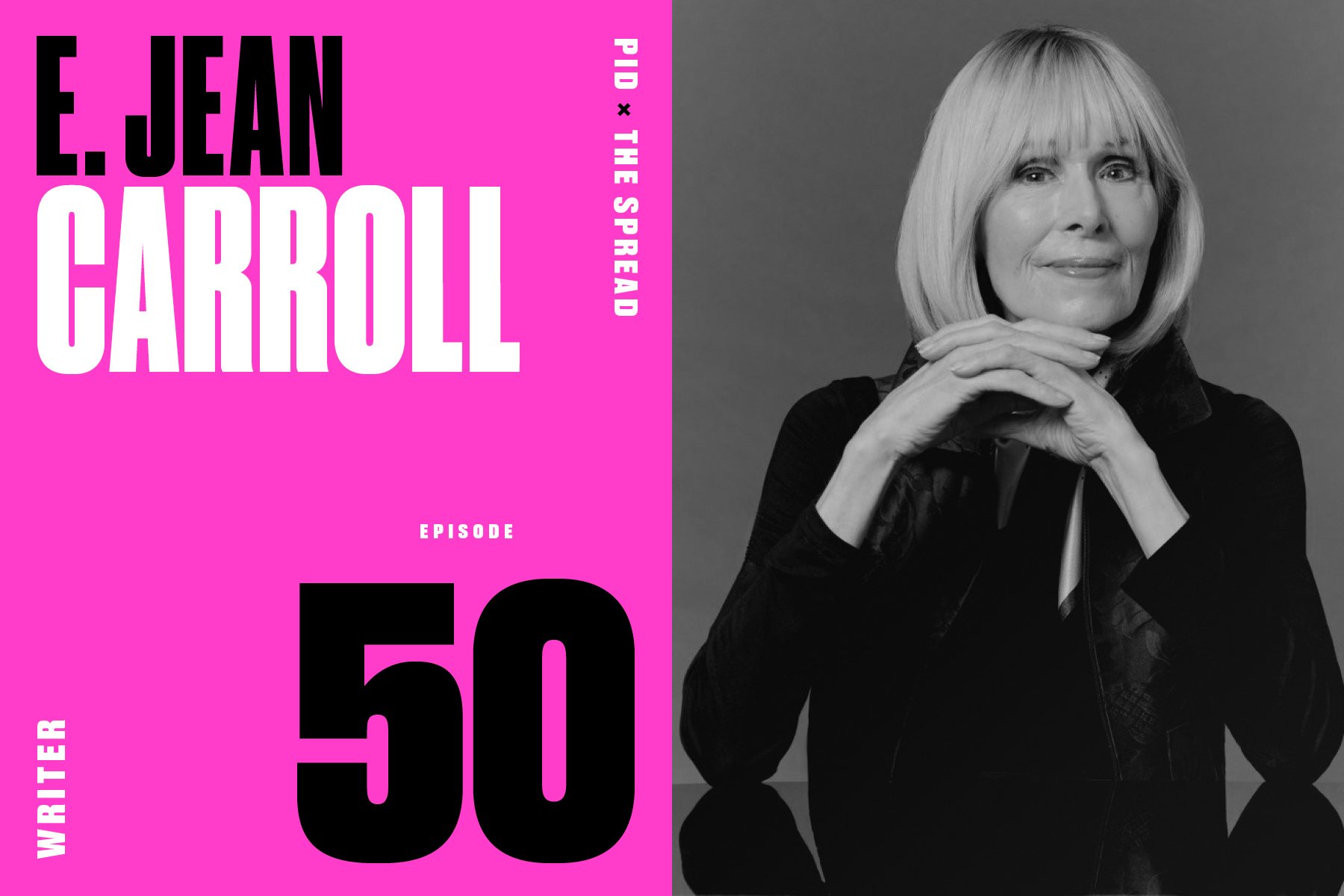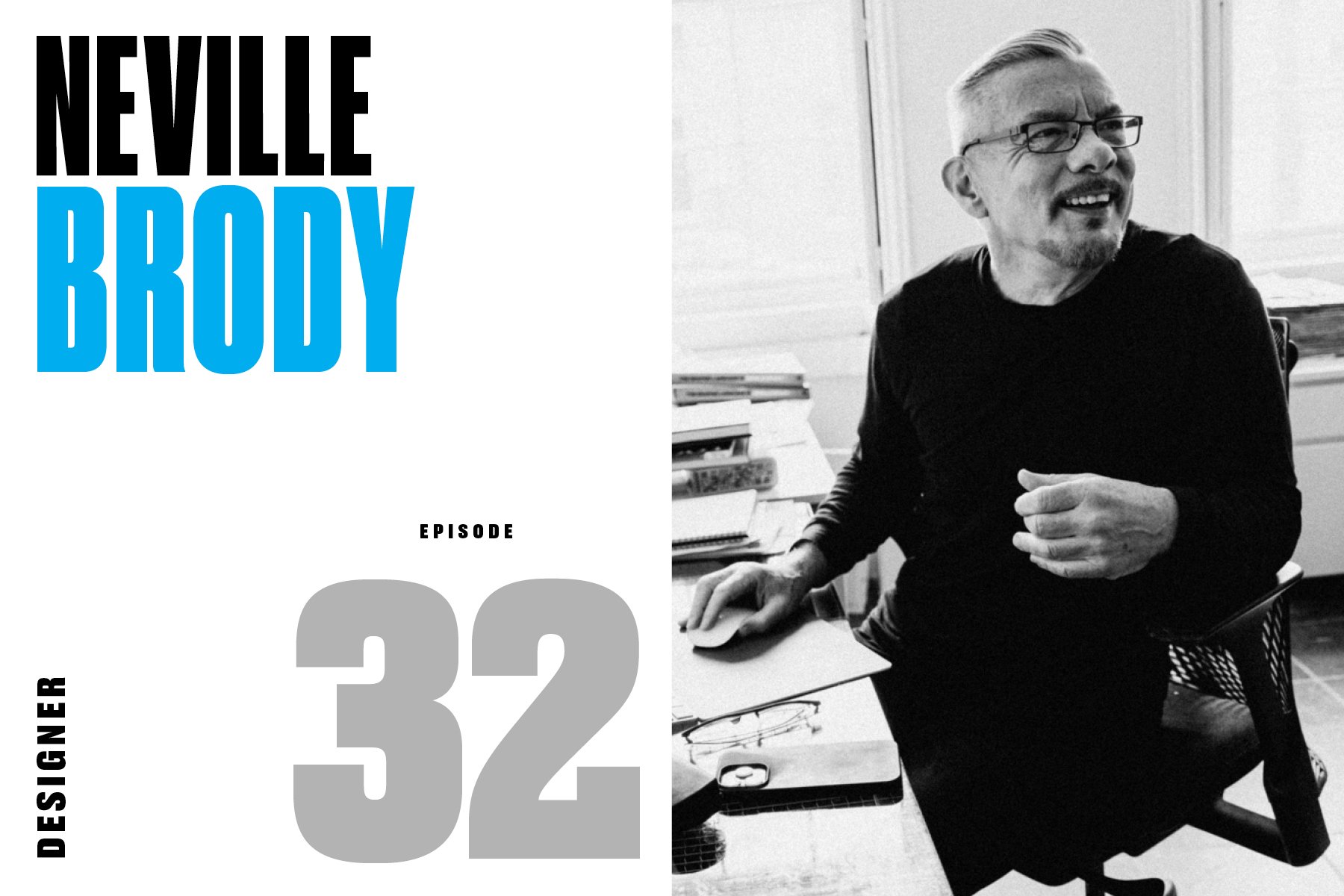Episode 59: Paula Scher (Designer: Pentagram)
/Paula Scher isn’t really a “magazine person.”
But if you ever needed evidence of the value of what we like to call “magazine thinking,” look no further than Pentagram, the world’s most influential design firm. The studio boasts a roster of partners whose work is rooted in magazine design: Colin Forbes, David Hillman, Kit Hinrichs, Luke Hayman, DJ Stout, Abbott Miller, Matt Willey, and, yes, today’s guest.
Paula has been a Pentagram partner since 1991. She’s an Art Director’s Club Hall of Famer—and AIGA Medalist. She has shaped the visual landscape for iconic brands—Coca-Cola, Citibank, Tiffany, and Shake Shack—always with her instinctive understanding of how typography, design, and storytelling come together.
In other words, she plays the same game we do.
In 1993, Paula collaborated with Janet Froelich on a redesign of The New York Times Magazine and built a platform for pioneering editorial innovation that continues to this day. In 1995, she helped me decode Fast Company’s editorial mission, in her own distinctively reductive way: “It’s about the ideas, not the people,” she said. It was a game-changer.
But Paula isn’t just a design legend—she’s also a complete badass.
Starting out at a time when the industry was still predominantly male, Paula carved out space for herself by fighting for it. Her work at CBS and Atlantic Records redefined album cover design. Later, her rebranding for cultural institutions like The Public Theater and the Museum of Modern Art helped cement the importance of an unforgettable identity system for any organization.
And, as a longtime educator at New York’s School of Visual Arts, Paula has molded generations of designers who have gone on to shape the industry in their own ways—including our very own Debra Bishop.
We spoke to Paula upon the launch of her new, 500-plus page monograph, Paula Scher: Works.

























